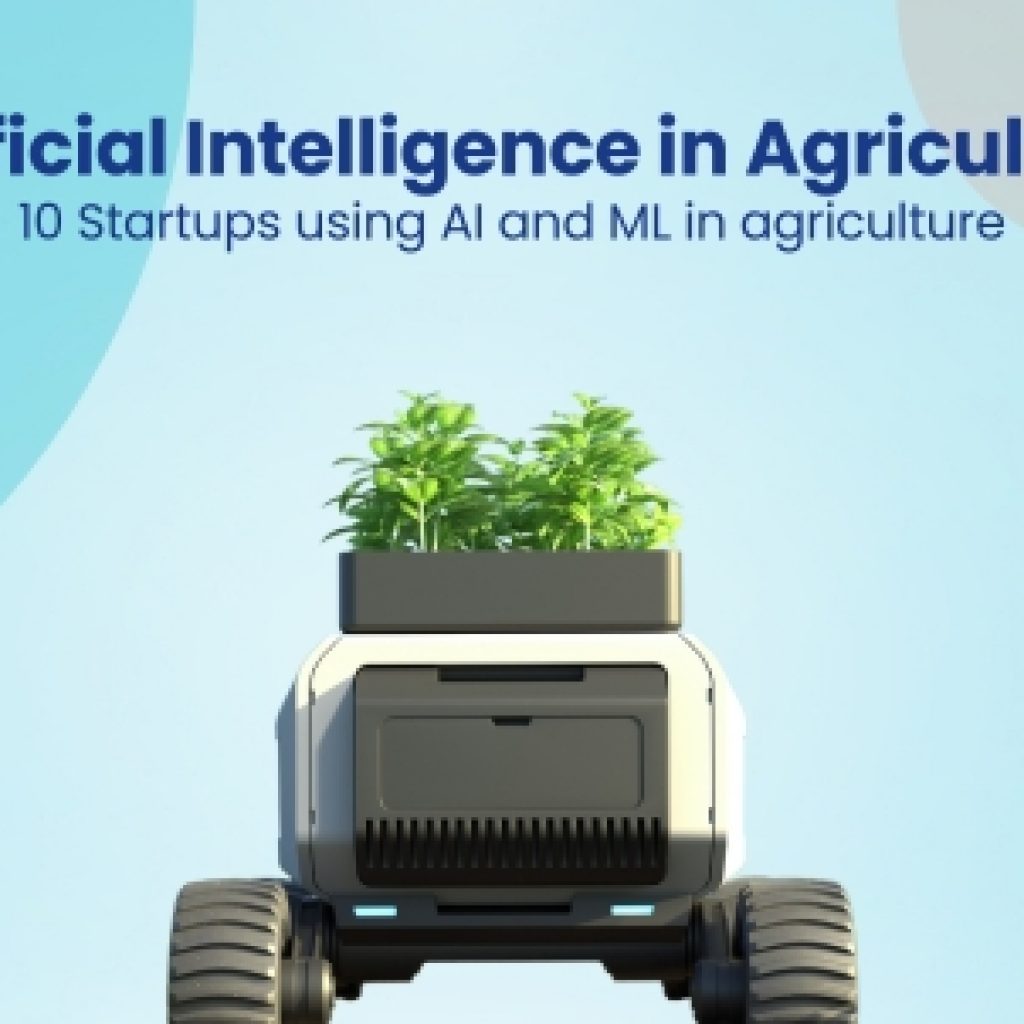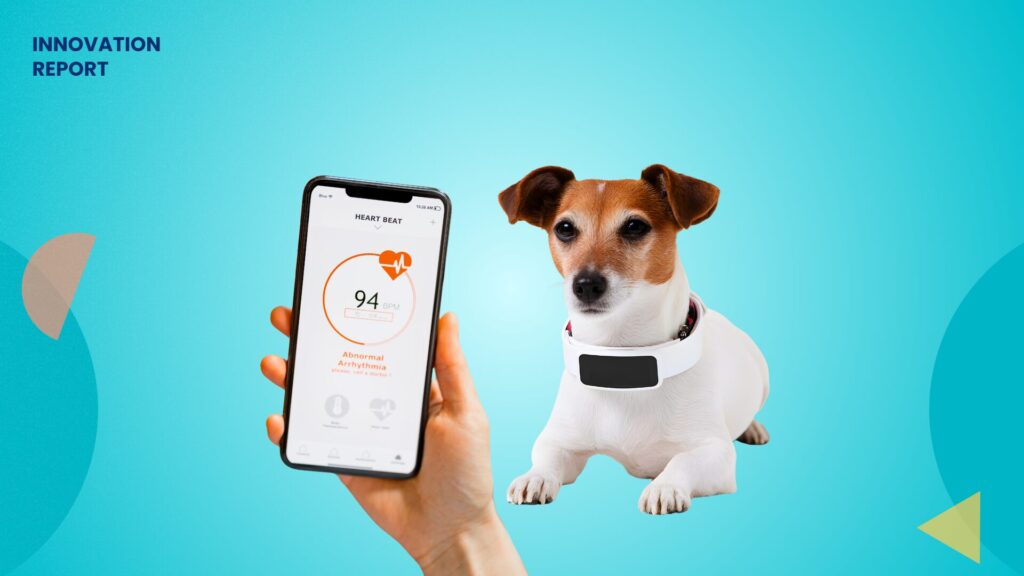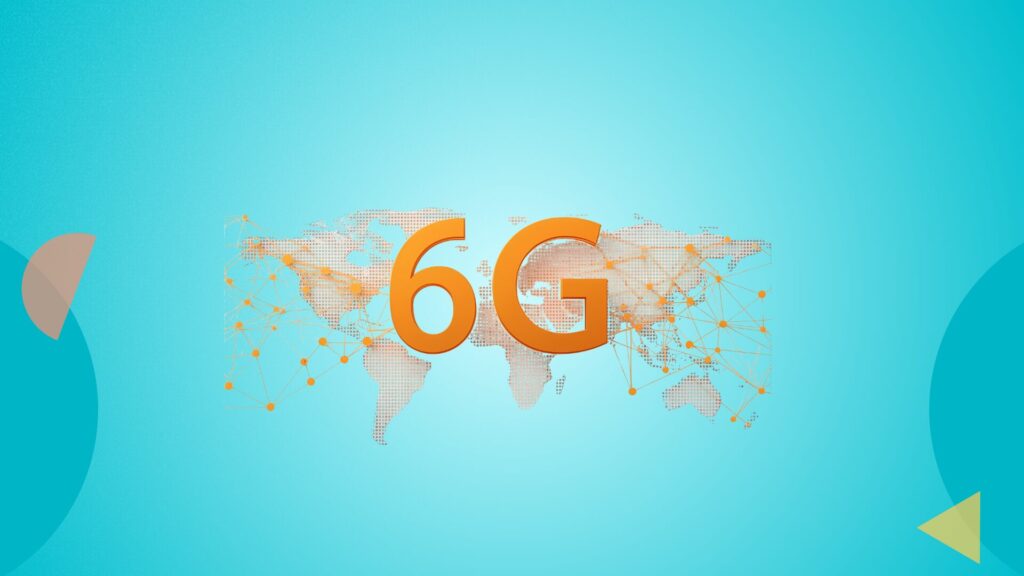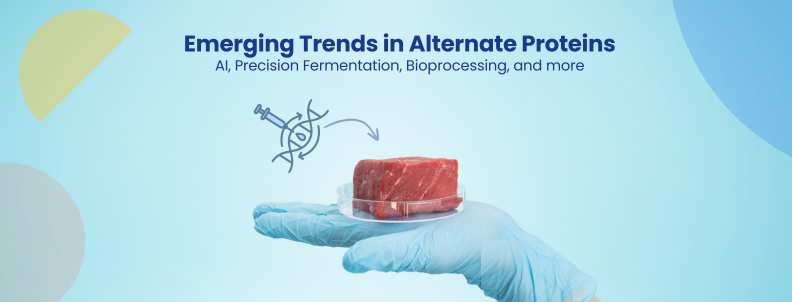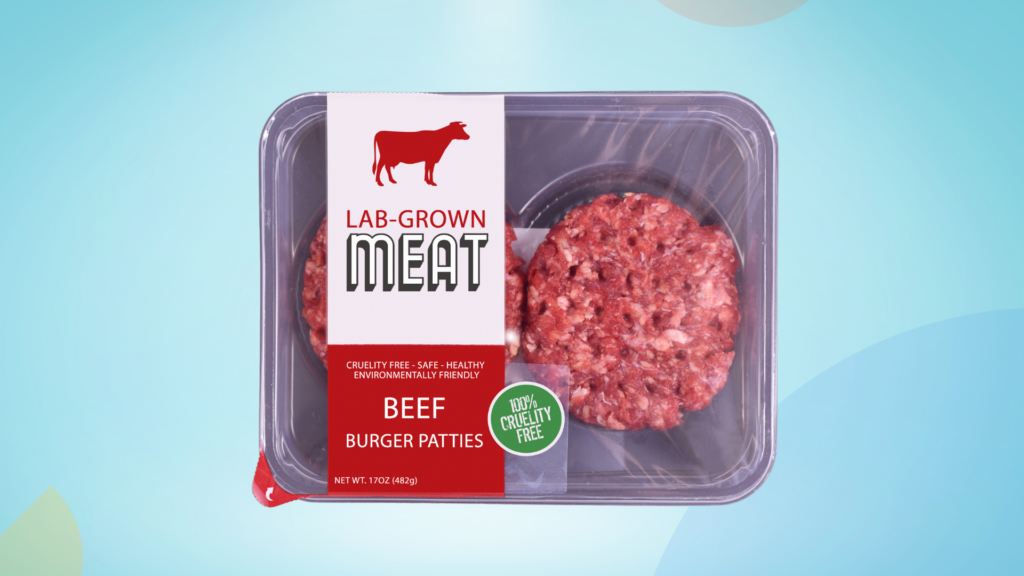Biotechnology companies worldwide face a major bottleneck: turning scientific discoveries into real, scalable products. Manual cell culture is slow, difficult to reproduce, and heavily dependent on individual skill. Even experienced scientists introduce variability, and most labs lack digital systems that monitor biological changes in real time. As a result, promising work in drug development, climate tech, and cell-based applications often fails to scale because the biology behaves differently once it leaves the controlled, hands-on environment of the research lab.
A startup called Unicorn Biotechnologies addresses this gap by creating a platform that fully automates cell culture while continuously collecting biological data. Their system, named Emmet, performs every physical task of culturing cells, while sensors and software capture detailed measurements that humans cannot track manually. This system reduces cost, improves consistency, and helps companies bypass years of process development, allowing research to move toward real-world impact with far fewer delays.
To better understand how their platform works, we spoke to Adam Glen, CEO of Unicorn Biotechnologies. This article contains notable highlights from our entire conversation.
Also Read:
This interview is part of our exclusive Scouted By GreyB series. Here, we speak with the founders of innovative startups to understand how their solutions address critical industry challenges and help ensure compliance with industry and government regulations. (Know more about startups scouted by GreyB!)
“We automate the parts of biology that add the most variability, so the system can learn faster and produce results that humans could not reliably repeat.”

Dr. Adam Glen is the co‑founder and CEO of Unicorn Biotechnologies. He has a background in stem cell biology and biomanufacturing, having trained at the University of Sheffield and worked on cell culture automation. His expertise lies in developing scalable systems for growing cells, which directly connects to Unicorn Bio’s mission of building innovative, automated machines to produce cultivated meat and cell therapies more reliably and efficiently.
How Unicorn Bio’s automated machines grow meat and medicines without farms or labs
Unicorn Biotechnologies develops automated systems that grow mammalian cells with high precision and minimal human involvement. Their platform combines hardware, sensing, and intelligent software to run complete cell culture workflows, offering a reliable, scalable alternative to traditional manual methods. By addressing both the engineering challenges and the biological variability inherent in cell growth, the company aims to accelerate research and make advanced bioprocessing accessible to more organizations.
What does your company do, and why is it impacting the industry?
Adam: We focus on taking small-scale research and making it practical at larger scales. I spent years doing manual cell culture, and most of that time was spent repeating steps that did not require advanced training. We built Emmet to automate these workflows so scientists can focus on designing experiments rather than running them by hand. The goal is to shorten the gap between academic lab novelty and reliable execution in industry, because many discoveries never progress due to process limitations. Biology sits at the core of medicine, climate solutions, and new materials, so improving how we grow cells has enormous downstream importance.
How much human intervention does your system still require?
Adam: The device replaces all physical steps of cell culture, from seeding to expansion and differentiation. Users set the goal, and the machine carries out the workflow with controlled movements and sterile conditions. People still decide what they want to achieve, but the system executes the process without manual input.
Over time, as we incorporate more sensing and learning, the device will not only run workflows but also help design them. The long-term vision is to interact with it the way people interact with modern AI tools, where you ask for an outcome and the system figures out the best path to get there.
How does AI fit into your process?
Adam: AI helps us interpret the rich biological data that the system collects. Humans usually rely on quick visual checks, such as noticing color changes or approximate confluency. The machine, however, continuously records imaging data, metabolic measurements, and other signals. Machine learning identifies patterns and opportunities for improvement that a human might miss.
We do not try to build a massive foundational model. Instead, we structure data so that the device learns from real experiments. As the system observes more outcomes, it gradually becomes better at predicting what will work and what will not.
What data is your system trained on?
Adam: We use imaging data, flow cytometry results, sensor readings, and other real-time measurements. Some data types, such as genomic sequencing, are too slow to enable a tight feedback loop, so we focus on information that can immediately influence the next step.
We also build custom sensors to monitor biological processes more closely. This creates a dataset tied directly to cells’ actual behavior, rather than relying solely on published protocols. Over time, this builds a valuable internal knowledge base, making the system increasingly effective.
What challenges have you faced in integrating science and engineering?
Adam: Scientists and engineers often view problems differently, and the most challenging work is getting them aligned. Engineers focus on tolerances, manufacturability, and materials, while scientists focus on sterility, biological variability, and experimental constraints. Both perspectives are necessary to build hardware that works reliably in a biological environment.
Another challenge is the difference between academic and industrial expectations. Academia rewards novelty, while industry demands reproducibility. When you bring people from academic backgrounds into a startup, they must shift toward consistency and customer value. Regulations complicate matters further, as tools used in therapeutics or for novel foods must meet strict standards. Bringing these worlds together is difficult but essential.
Does your system replace humans in cell culture?
Adam: It replaces repetitive manual tasks, but not the scientist. People still decide the biological goal and interpret the results. The machine takes over the physical steps and records data with precision, thereby reducing human variability and improving reproducibility. It works continuously, allowing a single scientist to oversee many more experiments than before. Automation complements human expertise rather than removing it.
How does your system help reduce errors or inconsistencies?
Adam: Most variability in biology comes from differences in how people perform tasks. Two scientists may follow the same protocol but pipette at different speeds, warm media differently, or use habits passed down informally. Our device performs actions with fixed tolerances, which removes that variation. It also records details that humans never track, such as temperature fluctuations and slight angle shifts, which can affect outcomes. By combining consistent hardware with detailed data collection, we can reduce engineering variability and make the biology more predictable.
How does your system compare to others on the market?
Adam: Many systems are extensive and expensive, which makes them accessible only to well-funded organizations. Our approach is to make smaller, modular devices that follow the same principles scientists use at the bench. This reduces capital costs and lets customers expand capacity simply by adding more units. Very few systems in mammalian cell culture include learning capabilities, and most treat data as a record-keeping requirement rather than something that improves the process. We see learning as a core differentiator.
How do you handle regulatory expectations for cell-based work?
Adam: We follow quality management systems, track materials, and source components in ways that align with regulatory expectations. For cultivated meat, this means veterinary documentation; for hardware, it means certifications such as CE and relevant ISO standards. Regulations for novel foods shift frequently, so we attend regulatory forums to stay informed. Our role is to provide tools, not to produce food or therapeutics ourselves, so our primary responsibility is to ensure our hardware is safe, traceable, and compliant.
What do you emphasize when speaking to investors or customers?
Adam: Investors want to see the scale of the opportunity. Since every living system depends on cells, improving how cells are grown is highly valuable. The bioscience labor market is worth trillions, so automation and intelligent systems fit into a vast market. Customers care about cost, reliability, and speed. We estimate that we can reduce certain costs by up to a factor of ten while maintaining or improving quality. We also avoid the need for extensive, specialized facilities, which lowers risk for early-stage companies. The real benefit is faster, more reproducible experimentation.
How do you see this technology evolving?
Adam: Today, users define what they want, and the system executes it. In the future, we want the system to participate in workflow planning, interpret results, and propose better strategies. That requires deep integration of hardware, software, and data. As sensing improves and datasets grow, systems like this will become common in research environments. It is a natural evolution in which repetitive work is offloaded to machines and scientists focus on discovery.
Can one model work for different kinds of cell cultures?
Adam: Not realistically. Mammalian cells, bacteria, and yeast have different division rates, different environments, and different sensitivities. You cannot use one model to capture all of that accurately. Instead, you train models on data that is similar to the target cell type. The principles may overlap, but tailored models produce more meaningful results. That is the practical approach.
Meet our Interviewer – Raveena Singh, Senior Research Analyst at GreyB
Raveena Singh, Senior Research Anlayst
Want to find other scalable startups working on cell culture automation? Please fill out the form below to contact our experts.
Get in touch
Please share your query below





